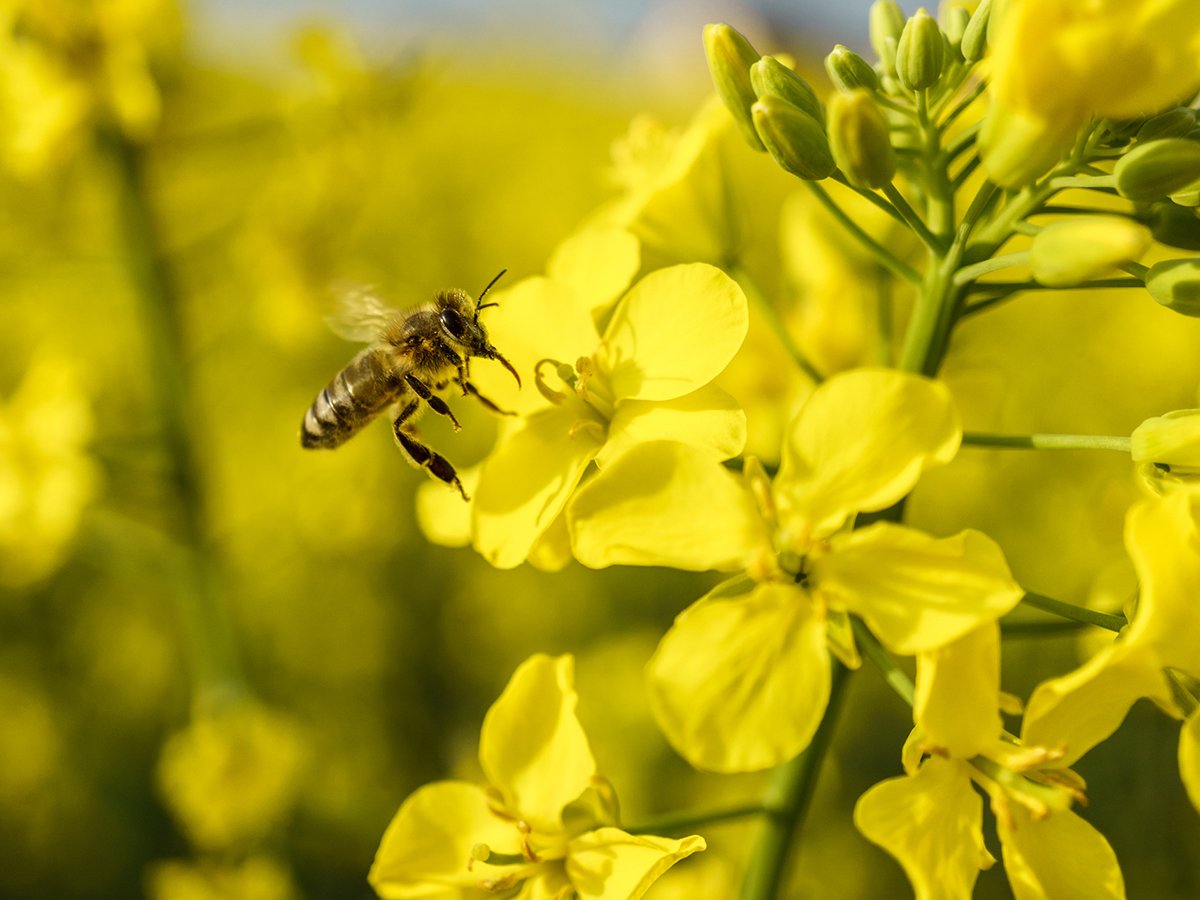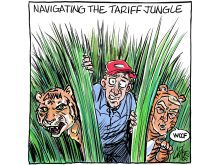Dollars to doughnuts, you’ve noticed the number of common expressions that deal with money. Whether it’s penny pinching or cash on the barrelhead, money is much on the public mind.
Why, if we had a nickel for every time that someone asked the same question as Patricia Morris of Hanover, Ont., asked last week, we’d be richer than many cattle producers.
“As an Eastern consumer, I read or see on TV your struggle for survival,” Morris wrote to ranchers via a letter to the Producer.
Read Also

Invigor Gold variety viewed as threat to condiment mustard
Invigor Gold, the canola-quality mustard developed by BASF, is on a collision course with Canada’s condiment mustard industry. It’s difficult to see how the two can co-exist.
“It makes me sick to both see and hear of these stories. You have excess product out there and don’t know what to do with it. I’m in Ontario and can’t afford to buy it. Do we live in the same country?”
Yes, Patricia, we do. We live in a country where the disconnect between sale price of a beef animal and retail price of beef in the grocery store continues to mystify – not through lack of explanation, but because people can’t make sense of the injustice.
Producers are forced to play penny ante, the packers hit paydirt and consumers spend their cold, hard cash.
Lyndsay Routledge, an analyst with Canfax, offered this two cents worth of explanation in the Aug. 6 weekly summary: “Since last fall the border has been opened to boxed beef, therefore allowing the packers to market their product to multiple buyers. On the flip side, Canadian producers are still limited to marketing their cattle to a few facilities because Canada cannot export live cattle.”
Routledge reported that last week’s fed steer average price of $71.73 per hundredweight is only 13 percent of the retail beef price. Historically, it’s 18 to 25 percent.
In her letter, Morris fingers the packers as the middlemen who are making money from the BSE situation at the expense of cattle producers and consumers.
Last week the Alberta auditor general supported her theory, when he reported that Canada’s three largest packers increased their profits by 281 percent last year. It works out to an estimated $197.4 million. In for a penny, in for a pound, as they say. And it was all perfectly legal.
Asks Morris in her letter to producers, “do the meat cutters and packers have more pull with the government than you do? And if so, why?”
The answer would fill up more than a few dime novels.
And speaking of two-bit stories, did you know there’s an excess supply of copper wire? It’s caused by meat packers fighting over government-supplied pennies.















